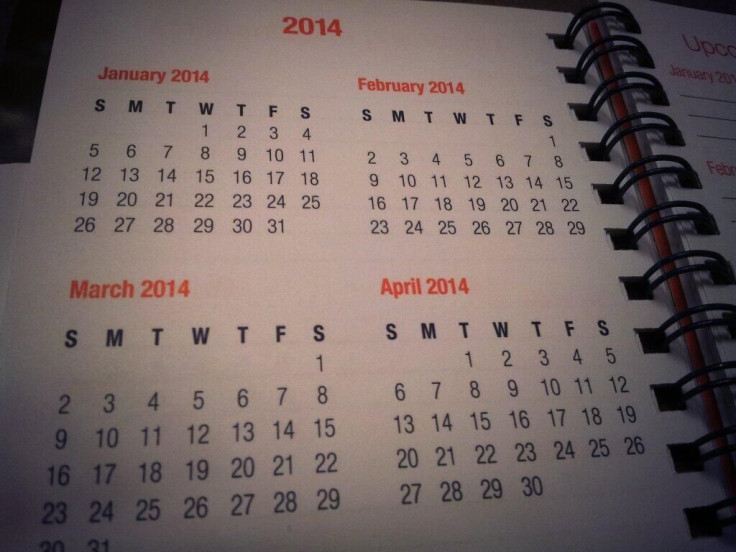Is 2014 A Leap Year? What To Know About The Leap Year Phenomenon

If you've been concerned about the fate of Feb. 29, 2014, we have some unfortunate news.
Sadly for those lovely people born on Feb. 29, this year isn't a leap year. The next leap year isn't until 2016 -- meaning you folks are still facing one more year of early (Feb. 28) or late (March 1) birthday celebrations.
Though you have already been presented with the possibly upsetting news, you may still be wondering just how leap years came to be. Occurring every four years, a leap year adds an extra day to the month of February. February normally has 28 days. But during a leap year, it has 29. This added leap day is needed to keep the calendar consistent with the actual astronomical year. Since it takes the Earth approximately 365.242199 days to circle around the sun, the leap year ensures that our Gregorian calendar is perfectly aligned with the Earth’s revolutions. Without a leap day every four years, we would lose close to six hours off our calendar each year, according to Time and Date.
The leap year was introduced in the last century BC by Roman dictator Julius Caesar. However, according to the Julian Calendar, any year divisible by four was designated a leap year. This ultimately led to surplus of leap years and wasn’t fixed until the Gregorian Calendar was introduced about 1,600 years later by Pope Gregory XIII. Under the updated Gregorian calendar, to be considered a Leap Year, the year in question must be meet the following criteria: it must be evenly divisible by four, it can’t be evenly divisible by 100, and if it is evenly divisible by 100 and 400, it is still considered a leap year. So that means 2400 is a leap year while 2100 and 2500 aren’t. Leap years also happen to coincide with U.S. presidential elections and Summer Olympic Games.
The final rule was used for the first time in most parts of the world on Feb. 29, 2000, since 2000 is evenly divisible by both 100 and 400. This hadn’t happened since the 1582 adoption of the Gregorian Calendar.
© Copyright IBTimes 2024. All rights reserved.






















